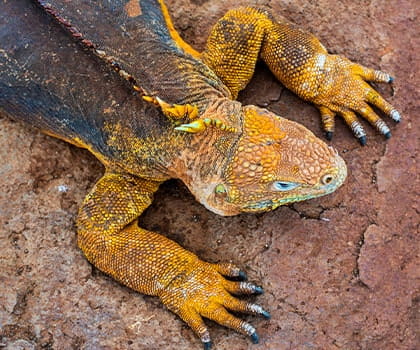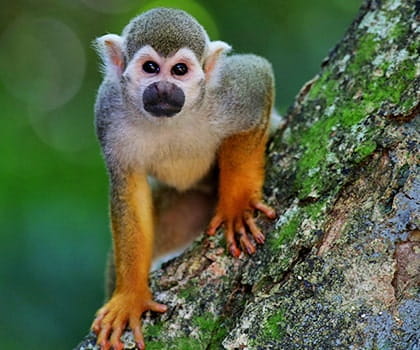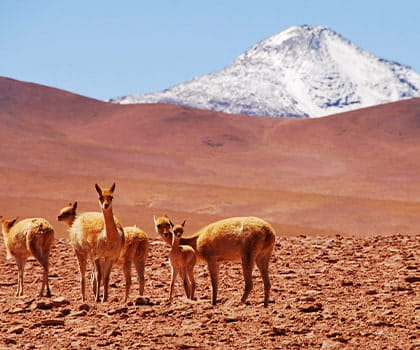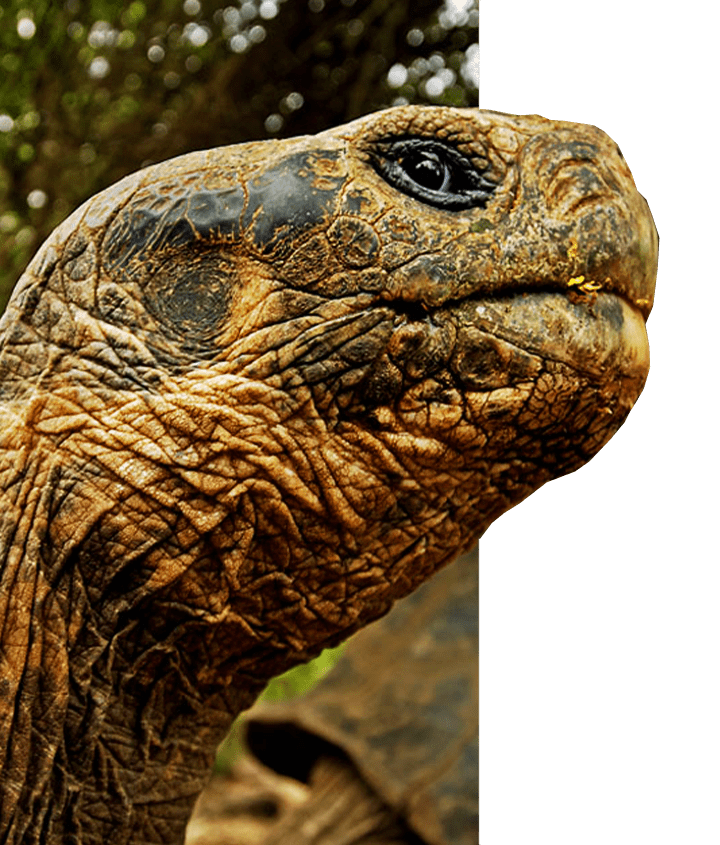
Scientists consider there are at least 17 species of Galapagos tortoises on the Islands that have similar genes to those of Lonesome George and, according to the Galapagos National Park, they believe that George's death (on June 24, 2012) may not mean it is the end of the Chelonoidis abingdoni species of Pinta Island.
Research experts from Yale University recognized nine females, three males and five youths with similar genes to those of Chelonoidis abingdoni species. DNA samples were taken from tortoises living around Wolf Volcano, on Isabella Island, and were compared to George’s DNA. The results were encouraging, and this has led scientists to believe that there could be additional hybrids and even some on Pinta Island, that could be pure matches to Lonesome George.
Since 2008, National Park authorities have known the existence of hybrids with Pinta Island tortoise genes but on a report released in June they claimed that there were not enough to bring back lonesome George’s specie.
The original ancestors of the Galapagos tortoise was probably of normal size, but it evolved into the present-day giants after their arrival in the Galapagos Islands. This phenomenon, seen in many Island ecosystems where gigantism occurs, is largely due to the lack of predators, the abundance of food and the absence of similar animals to compete for this food.
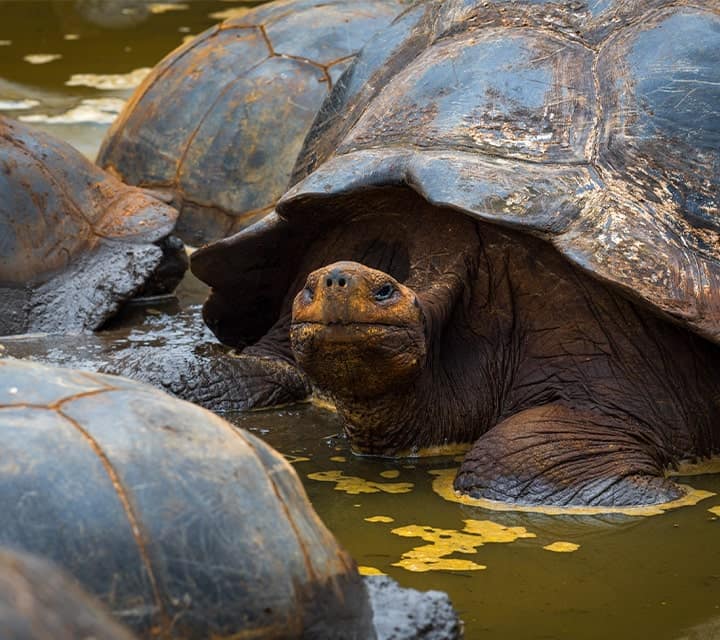
However, during the past century, one of the main problems for the survival of this species has been the introduction of domestic goats that destroyed the native vegetation and ate many of the plants that were the primary food source as well as a source for shade for Galapagos tortoises. But, thanks to a systematic program held by the Galapagos National Park for the elimination of the goats, the vegetation of many islands, including that of Pinta Island, has responded very well and now there is plenty of grass and plants for the tortoises to eat and hide from the strong equatorial sun.
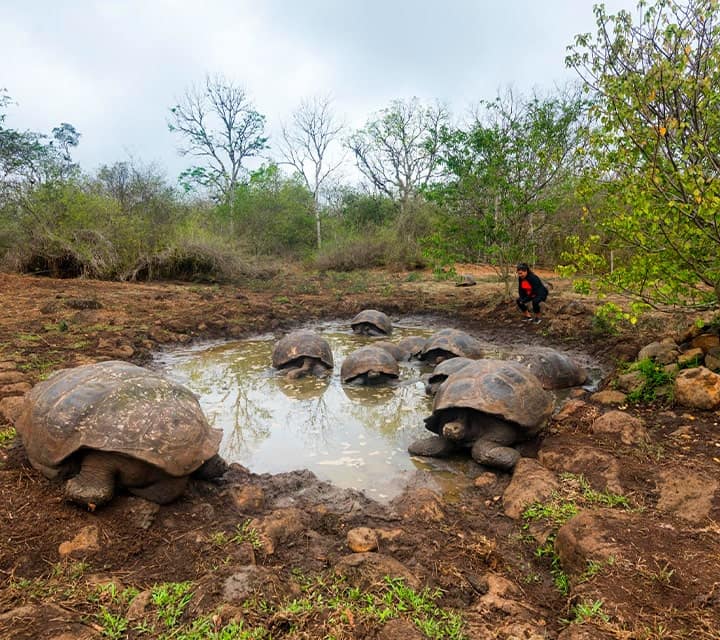
It is estimated that before the arrival of pirates, whalers and buccaneers to Galapagos, there were approximately 300,000 giant tortoises on this remote Pacific archipelago. However, whalers and pirates decimated their populations in the 18th and 19th centuries, when they took them aboard their ships as a source of fresh food. A mature Galapagos tortoise could live aboard a ship without needing food or water for about one year, making them a very precious commodity for long voyages. During the visits of these sailors to Galapagos, new invasive predators were also introduced aboard the ships, which further complicated the breeding of the famous Galapagos tortoises.
With the rat free program and the support of many other ecosystem conservation plans, the Galapagos National Park hopes to preserve these unique and rare animals, only found in the one-of-a-kind Galapagos Islands.

